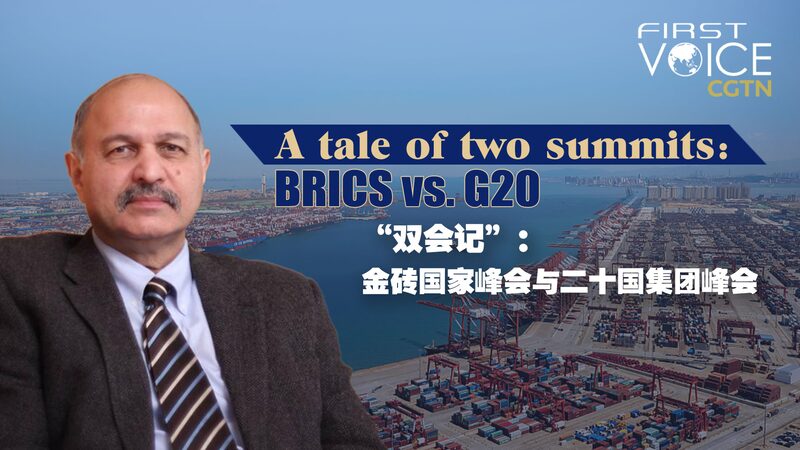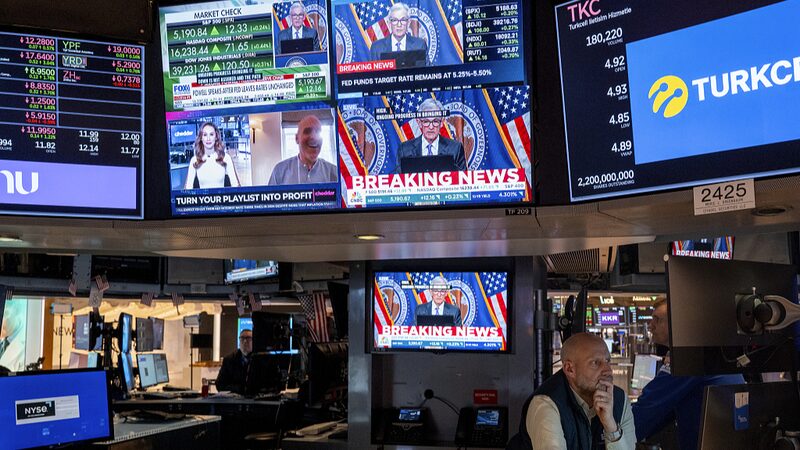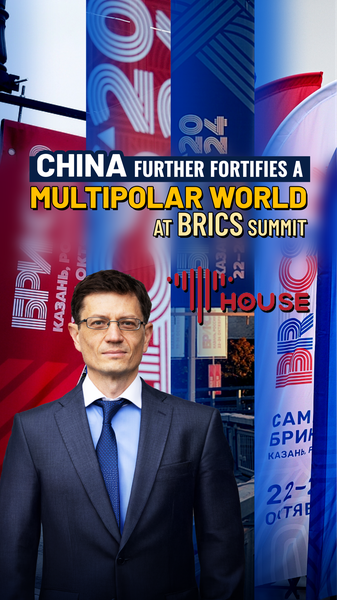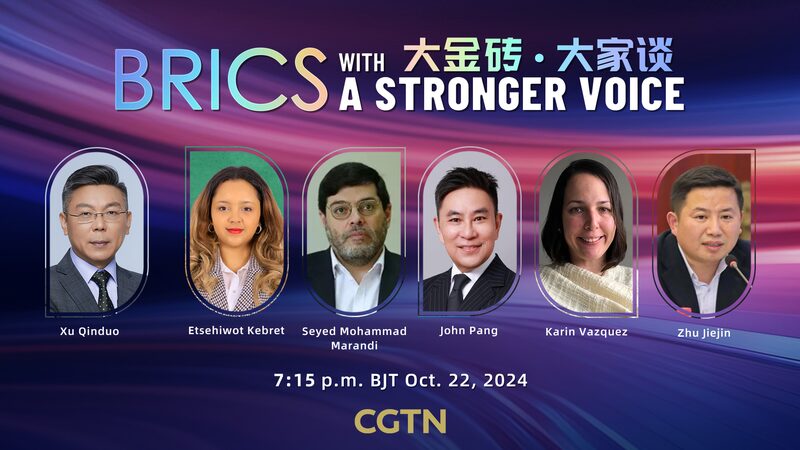As geopolitical tensions reshape international alliances, the 2025 BRICS Summit in Brazil emerges as a pivotal platform for Global South nations to challenge traditional power structures. With 11 member states representing over 40% of global GDP and population, the bloc is poised to advocate for a multipolar world order focused on equitable development.
Redrawing Economic Maps
Recent IMF data reveals BRICS members now collectively outperform G7 nations in economic relevance when measured by purchasing power parity (28% vs 40% global GDP share). This shift comes as 44 countries express interest in joining the alliance, with 10 already securing partner status in 2024.
Agenda for Transformation
Brazil's presidency prioritizes:
- Climate-resilient economic policies
- AI governance frameworks
- Global health security systems
- Reformed financial architectures
"This isn't about replacing existing systems," analysts suggest, "but creating complementary structures that address historical imbalances in trade and resource distribution."
Challenges & Opportunities
While economic disparities between members persist, BRICS offers developing nations unprecedented bargaining power. The bloc's New Development Bank has already financed $35 billion in sustainable infrastructure projects across member states since 2015.
As digital nomads flock to BRICS tech hubs and investors eye emerging markets, the 2025 summit may prove decisive in determining whether Global South cooperation can translate into tangible systemic change.
Reference(s):
cgtn.com







